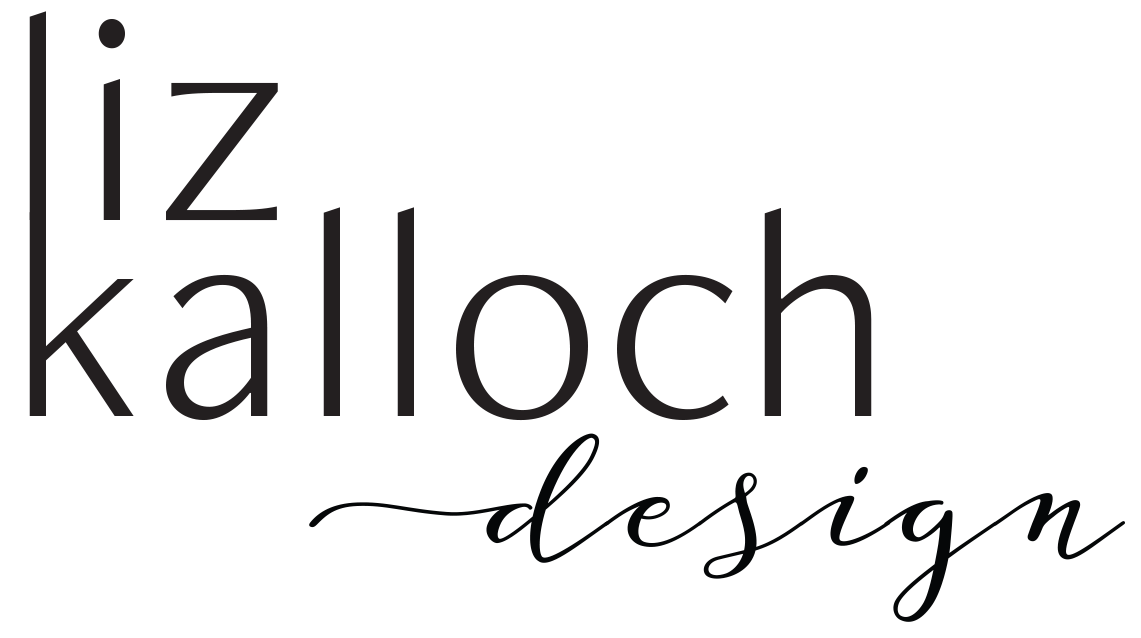Making a Book : a meandering guide
This week my book Tools & Talismans is going to the printer. It’s been edited and corrected and re-read and the paintings have been scanned, cleaned up and tidied and I’m telling a big truth when I say that as I’m finishing everything up, I find I’m standing inside this moment where it’s just . . . quiet.
And I feel squirmy and uncomfortable in that quiet.
You know, that squirmy uncomfortable place where you feel the need to, I don’t know, make more work for yourself? Re-think the whole thing? Dig up and examine every doubt about the project that you can possibly find? Scrub the shower tiles and not think about it?
I was emailing with a friend last week, kind of sharing stories about “making a book” and I talked about writing some posts about how a book becomes a book, and what I’ve done to make that happen. So when I sat down to write this I thought: I’ll distill all the things I’ve learned, and what my process has been . . .
Making a Book things to consider:
If you’re not a designer, find one you feel good about working with, the money is so worth it, build it in to your plan. A beautiful book that represents all the work and love you put into the project is worth every penny.
Find an agent if you want to go that route. Jane Friedman has some amazing posts about self-publishing and finding an agent and she also has a self-paced class on how to write a book proposal. I didn’t follow all the advice, but I like to know what the “rules” are before I break them.
Decide how you want to deal with the physical books: do you want to ship them yourself or do you want the printer to do that for you? If you don’t want boxes of books go with a Print-on-Demand place like Blurb, and if you want boxes in your garage and that new book smell permeating your house go with finding a printer that specializes in books and does small print runs. I work primarily with Edition One Books. POD printing costs can actually be higher than working with a printer directly, but you won’t have to warehouse inventory and you won’t have to do any of the shipping.
Decide what the bottom line is for you: making a profit or sharing your work. Most self-published books start with small print runs at a high cost (especially if it’s got a lot of color). SO for Tools & Talismans, I’m deciding how many I print based on the pre-orders I’m getting now, and I’m leaning toward printing 300 books with Edition One. The cost is high, like almost $30 per book high (there are about 144 pages of color art), so my return is small monetarily, but my bottom line was to wrap up this project with the equivalent of an exhibition catalogue.
In the intro to the book, I share a story about getting lost in the details and how I reached out to a friend and said something like: I’ve forgotten what this project is... I’m lost and can’t remember the “why.” To which she responded something like For me it’s always been important to create work that marks a place in time, much like a point on a map “You Are Here.” Then time passes and that point becomes “You Were There.”
So this week the phrase “I Am Here” means sending the book off to the printer, and in a week or so it’ll mean reviewing proofs. And I’ll keep going from there and honor this meandering story that encompasses stories from 100 women — stories about what they treasure and glimpses into their lives and their work; stories that are imperfect and beautiful, creative and confused, certain and unsteady, and I’ve got 100 paintings that tell the story about how my watercolor painting practice grew. And soon there’ll be a book to hold it all.


